The best bike helmets in 2021
You shouldn’t ride with anything less than the best helmet to protect your head. Sixty-two percent of bicyclists killed in 2019 were not wearing helmets, according to the U.S. Department of Transportation’s Fatality Analysis Reporting System, and previous studies in New York City found that almost all bicyclists who died (97%) were not wearing a helmet.
But helmets can be difficult to adjust to, and they can be expensive. Moreover, choosing the right one depends on what kind of biking you do. So we’ve tested 10 of the best helmets currently on the market, including road biking models that are vented and light, mountain bike helmets that often include a chin guard, and commuter models do better in foul weather and can do double duty as protection for those riding electric scooters, as well as skate boarders and roller bladers.
What are the best bike helmets?
After testing out a number of the top models, we think the best bike helmet for most people is the Giro Register MIPS. It’s one of the lighter helmets we tested, and is very comfortable to wear for long periods of time. It has extra padding, and an adjustment system that helps ensure a snug fit. Plus, it costs less than $100. If you’re looking for something more subdued, the Bell Trace has a more modest design, but was also just as comfortable — and just as affordable.
For those who do more mountain biking, we recommend the Bell Super Air R, which has a chin guard, so it protects your entire face. It offers a snug yet comfortable fit with plenty of padding, and despite its heavier weight than most, has plenty of venting to keep your glasses or goggles from fogging up. Plus, the chin guard section is removable for those times when you don’t need as much protection.
Read on for all of our picks for the best bike helmets.
The best bicycle helmets you can buy today
(Priced lowest to highest)
If you hate wearing a helmet, the Giro Register MIPS may be the best bike helmet for you. It was one of lightest helmets we tested, and we found it was extremely comfortable, so much so that usually when stopping the first thing we do is remove our helmet, but the Giro Register MIPS was so light we forgot we were wearing it while shopping for groceries at a local farm stand.
In addition to its light weight, the Register has an extra strip of padding on the brow and its interior padding strips extend back toward the rear of your head more than others, accounting in part for its better feel. The only models we found to rival the Giro Register in terms of comfort were the Bell Super Air R and the Scott Vivo Plus. This helmet comes with a snap-on visor and uses the RocLoc Sport Fit system, a back-of-the-head dialing system very much like the BOA Fit used by Bontrager and others, and just as effective.
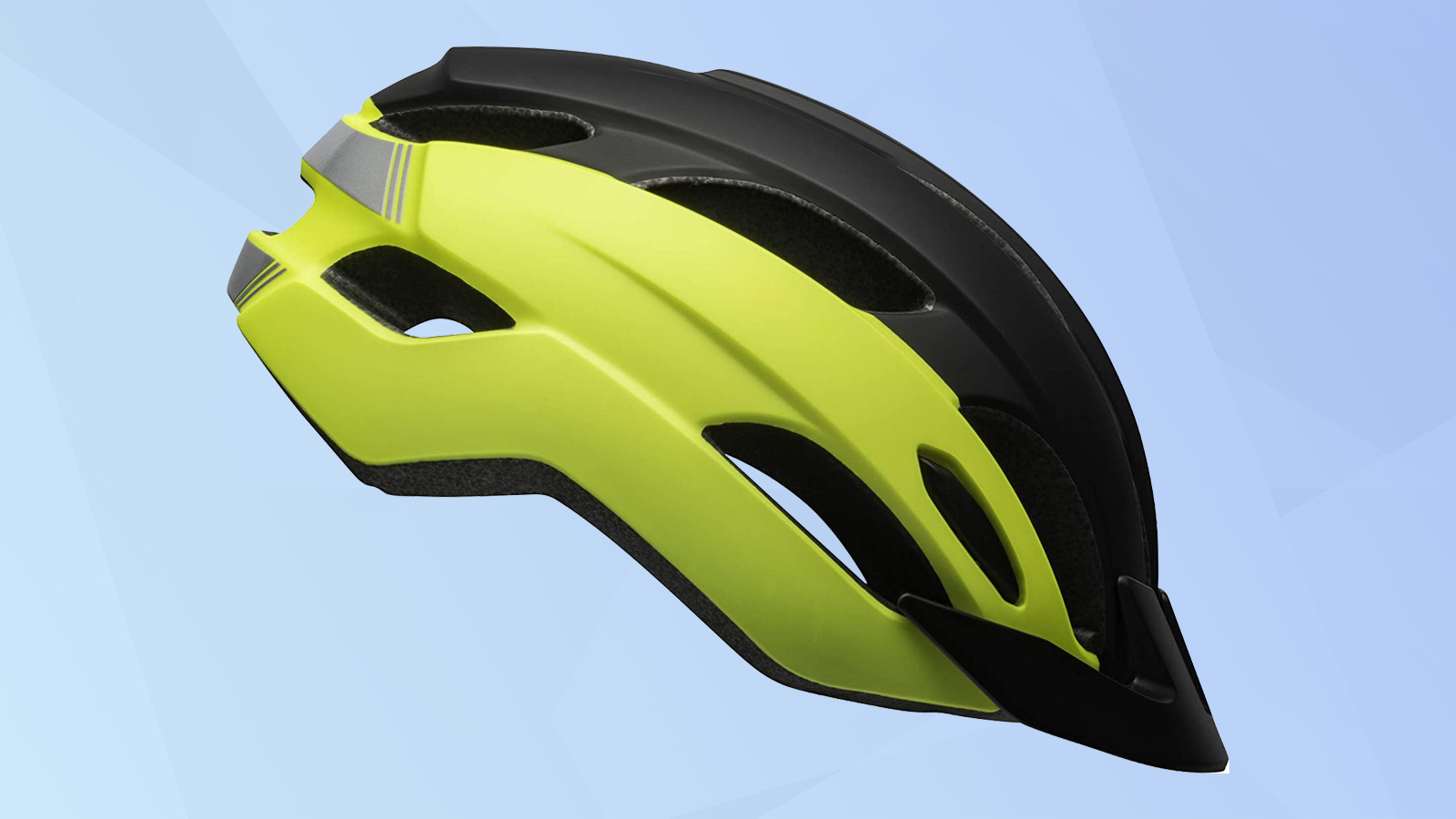
If there was one model that seemed to adapt to a variety of uses and required the least amount of fussing, it was the Bell Trace MIPS helmet. It was very comfortable in hot and in cool conditions, included a clip-on visor, and didn’t cost a fortune.
We found the sizing to be accurate, and the dial-and-cable fitting system as easy to use as those found in models costing twice as much. While it might not be the most stylish helmet on the market, that may actually be one of its virtues. Because the Bell Trace design is less radical and more reserved than several other models, that makes it a good compromise if you have to satisfy a variety of tastes, say, making it the ideal helmet choice if you have to outfit an entire family with headgear.
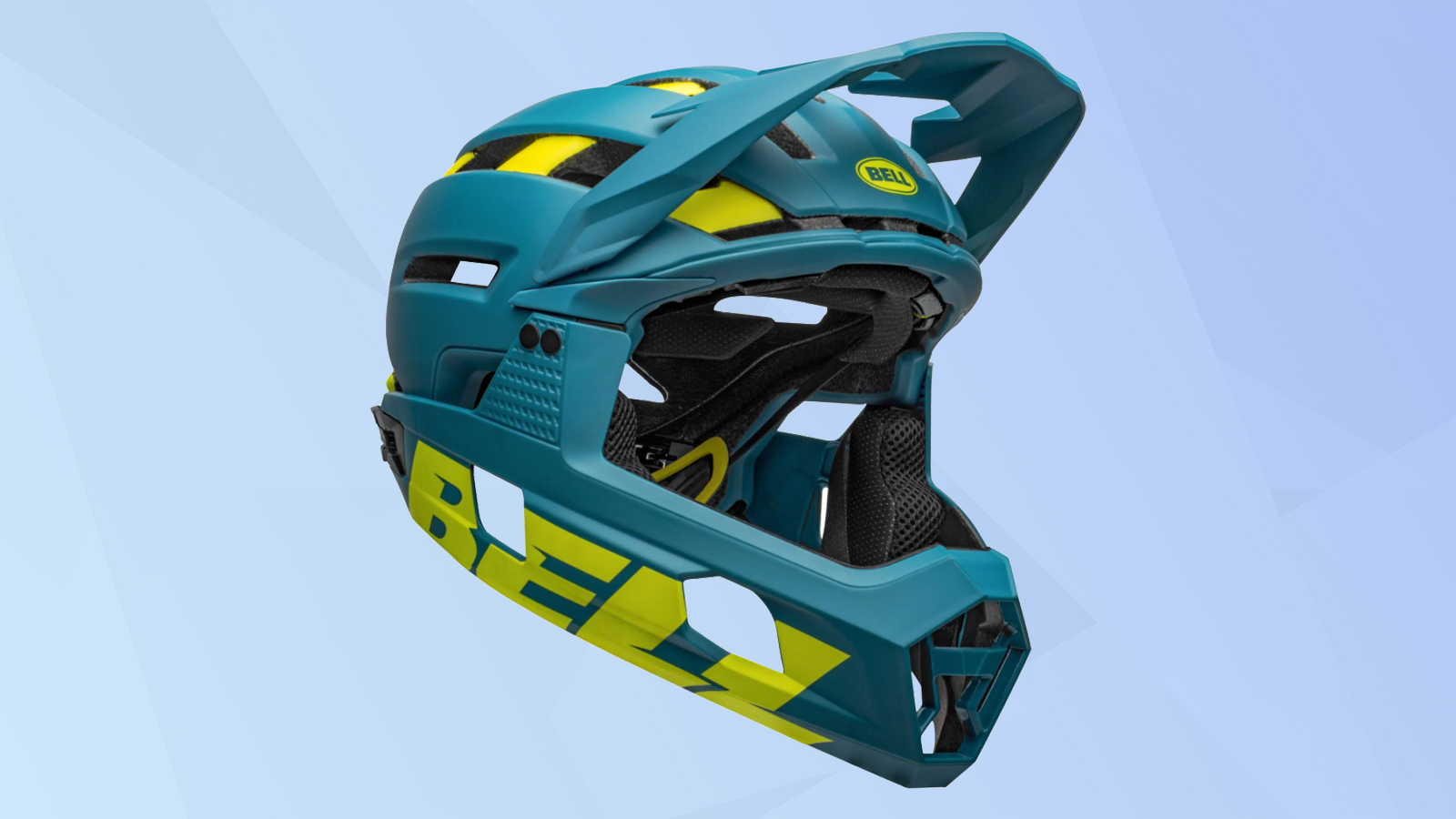
The most comfortable helmet offering the most complete protection we tested — especially for mountain bikers — was the Bell Super Air R. Among the best bike helmets we tested, it was the only model that included a chin guard to protect you in case of an off-road face plant, and it offered a more snug yet comfortable fit than any of the others we tried. The Bell Super Air R uses a dial-in Float fit system, similar to others, but it also has thicker padding inside than any other model we tested and the padding stretches farther back for a better fit.
If you think the chin guard is too aggressive and unnecessary on city streets, it can quickly be removed; two front hooks secure it with a pair of snap-down clips in back. With its open vented design, however, you can also choose to leave the chin guard in place without worrying about fogging up your glasses. For visibility, the visor also has three positions, so if you’re going uphill you can push it back so it’s not obstructing your view. Ultimately, if you’re a serious mountain biker, the Bell Super Air R may be the best investment you can make.

Lazer has been in the bike helmet business for a century (starting with leather caps), so the Belgian company has plenty of experience in designing gear for cyclists. The company’s Blade+MIPS helmet is an open, well-ventilated model that we found comfortable and easy to adjust. It uses a unique thumb screw (they call it Rollsys) on the top of the helmet that tightens or loosens the interior cage.
The Blade was surprisingly snug both front and back (some systems just feel like they are grabbing the back of your head). If you have trouble, Lazer is one of the few companies that include an extra strip of padding you can add inside. There are also options like an aero shell cover ($19.99) for a more aerodynamic shape and to help fend off the rain (or snow if you’re that adventurous). One recommendation: We suggest going larger than what you’re used to in terms of sizing for Lazer models.
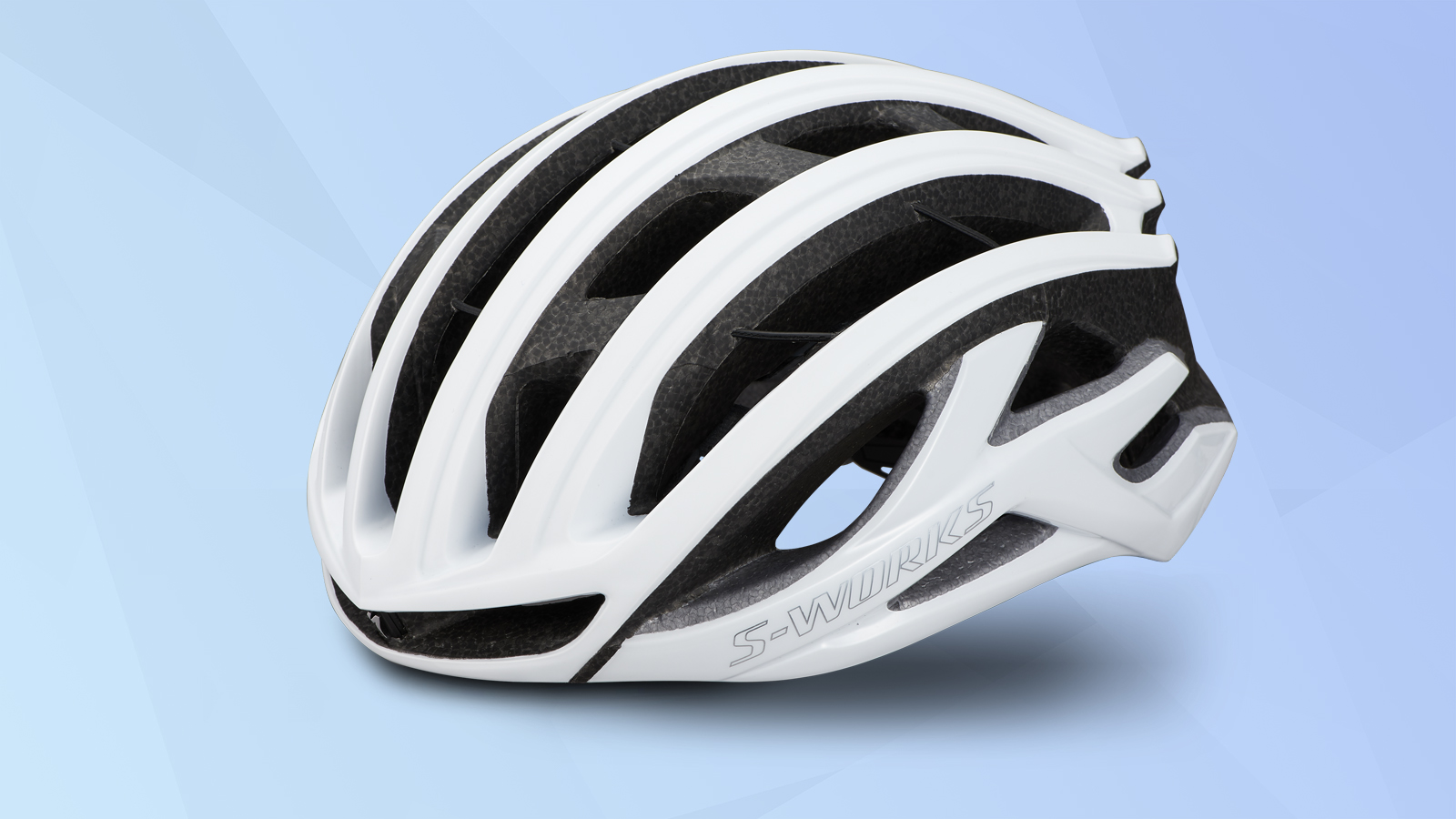
Boasting an accident alert system, Specialized’s S-Works Prevail II was the most technical helmet we tested. It starts with a carbon and aramid fiber layer, giving it rigidity and lightness, and the MIPS impact deflection system. Then the bike maker added its ANGi system: It stands for angular and g-force indicator, and comprises a sensor attached to the back of the helmet. If it detects a severe fall, it will trigger a countdown to an alarm on a connected smartphone using the Specialized Ride app.
If all that’s been bruised is your pride, you can then terminate the alarm; otherwise it sends a text to your emergency contacts with your location. This can literally be a life saver for solo riders who enjoy country roads — just remember to start the Ride app before you set off. In terms of comfort, we found we had to tighten and loosen the fit dial every time we put it on and off. Nevertheless, the S-Works Prevail was better than average in terms of fit, although not as comfy as the Giro and Bell models we tested.

This Wisconsin-based company now owned by bike maker Trek touts its own exclusive technology called WaveCel. In independent tests, the design, which crushes on impact, has been shown to be an improvement over traditional foam helmets in protecting from head injuries caused by certain cycling accidents. Like MIPS designs, the intent is to offer better protection in angled impacts by absorbing the rotational energy.
We found the Specter model to be very comfortable, although it is a little narrower than some of the best bike helmets on this list, giving it a less bulky appearance but larger heads should try before buying. For adjustments, the helmet uses the BOA fit system that employs an interior cage of cables, and it works well. The Specter also uses a magnetic snap on the chin strap, the only one of our top 10 helmets to do so. Some people find the magnetic latch easier and quicker, but you can also open or close any of the traditional snaps with one hand, so it’s more a matter of personal preference.
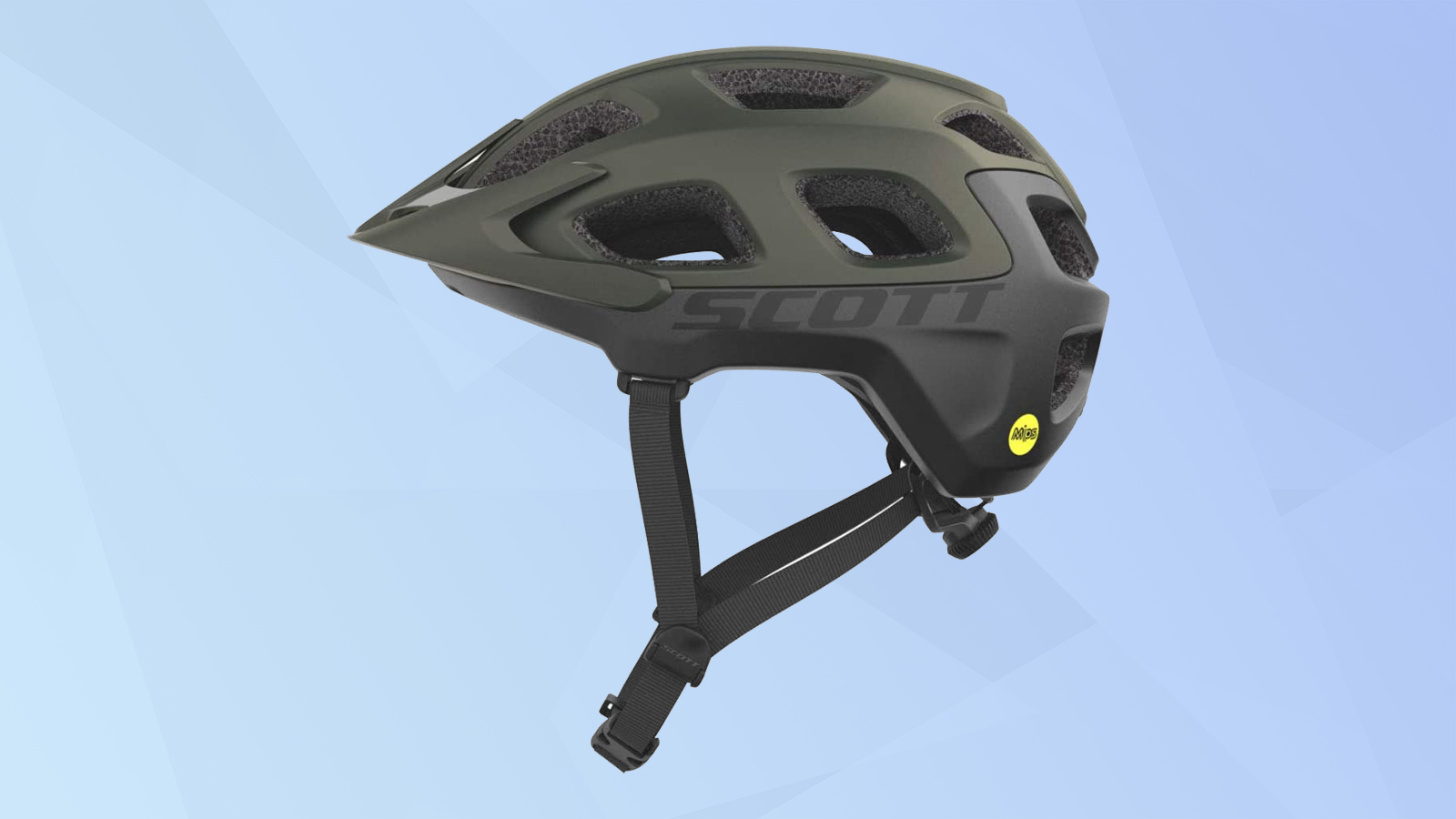
One of the most comfortable vented road rider helmets we tested was the Scott Vivo Plus. We tend to think of the company for its snowboard and ski helmets but were very pleased with this MIPS bike helmet as well. Among the best bike helmets, it’s considerably heavier than say, the Giro Register, and it doesn’t use longitudinal vents to improve aero flow. Consequently, on longer rides in the sun it tended to generate more heat than we would have liked.
However, we found the Scott Vivo Plus fit to be extremely comfortable, and it didn’t tend to slide forward, like some other models we tested. Its profile was a little bulkier than others but it didn’t affect sizing or fit. The helmet also includes a detachable visor with two positions and a soft white tote bag.
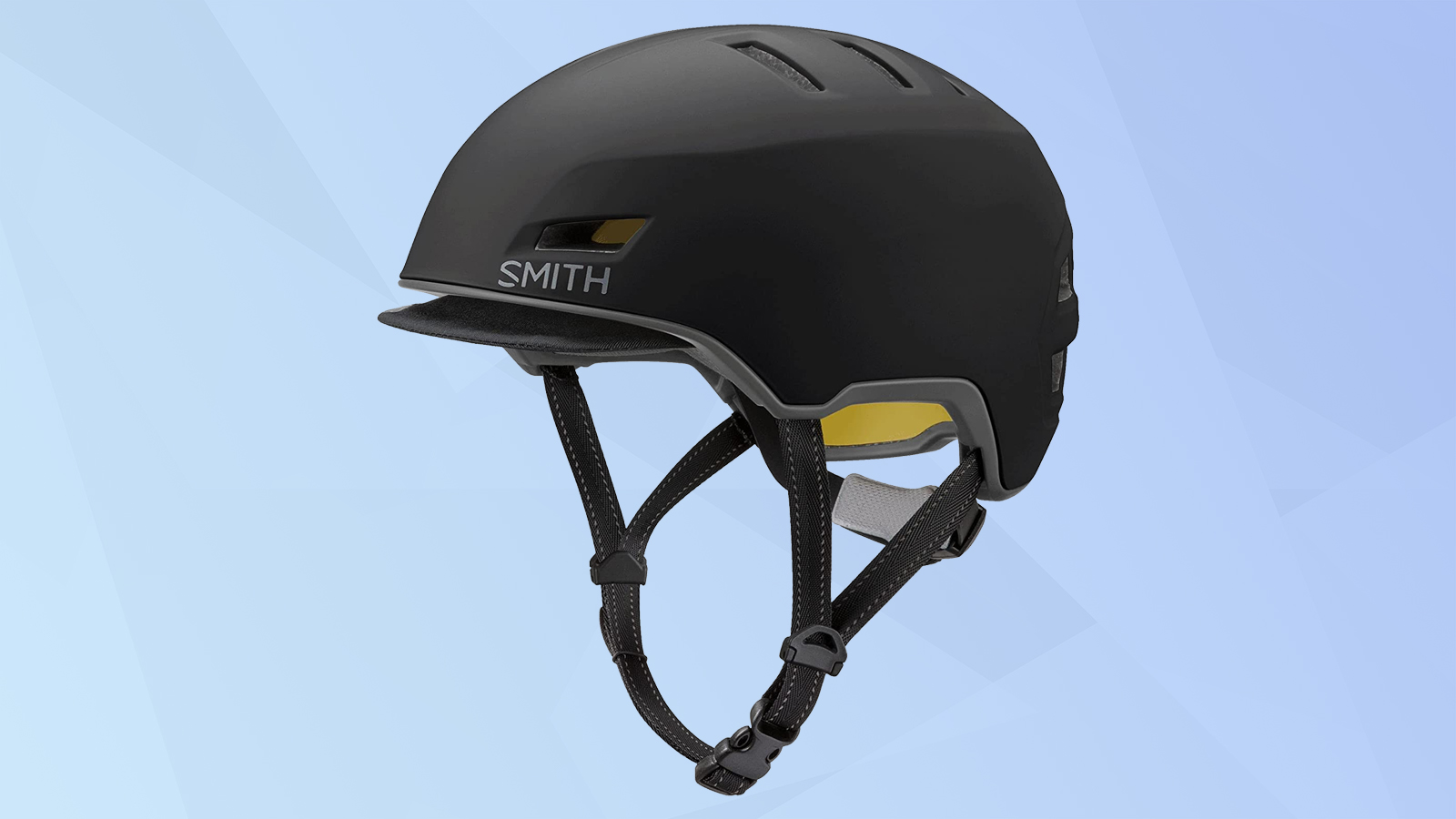
The Smith Express is designed for urban riders and commuters who favor city streets over country roads. Rather than extensively vented, the Express is an enclosed design also typical of designs for skateboarders. Consequently, it’s a warmer helmet, and better suited to fall days than sultry summer rides. Aesthetically, even though it’s not smaller, the Express’ more enclosed design makes it appear less bulky and bulbous than typical vented helmets.
Unfortunately, we didn’t find the Smith Express as comfortable as some of the other best bike helmets, primarily because the padding is not sufficient to keep the back sides of your head from hitting the hard foam of the liner. It could be corrected with some additional padding around the top back of the helmet, but Smith doesn’t include any additional padding. After wearing it for hours of riding, we did get used to the fit, but if you’re resistant to wearing a helmet to begin with, this isn’t the model for you.
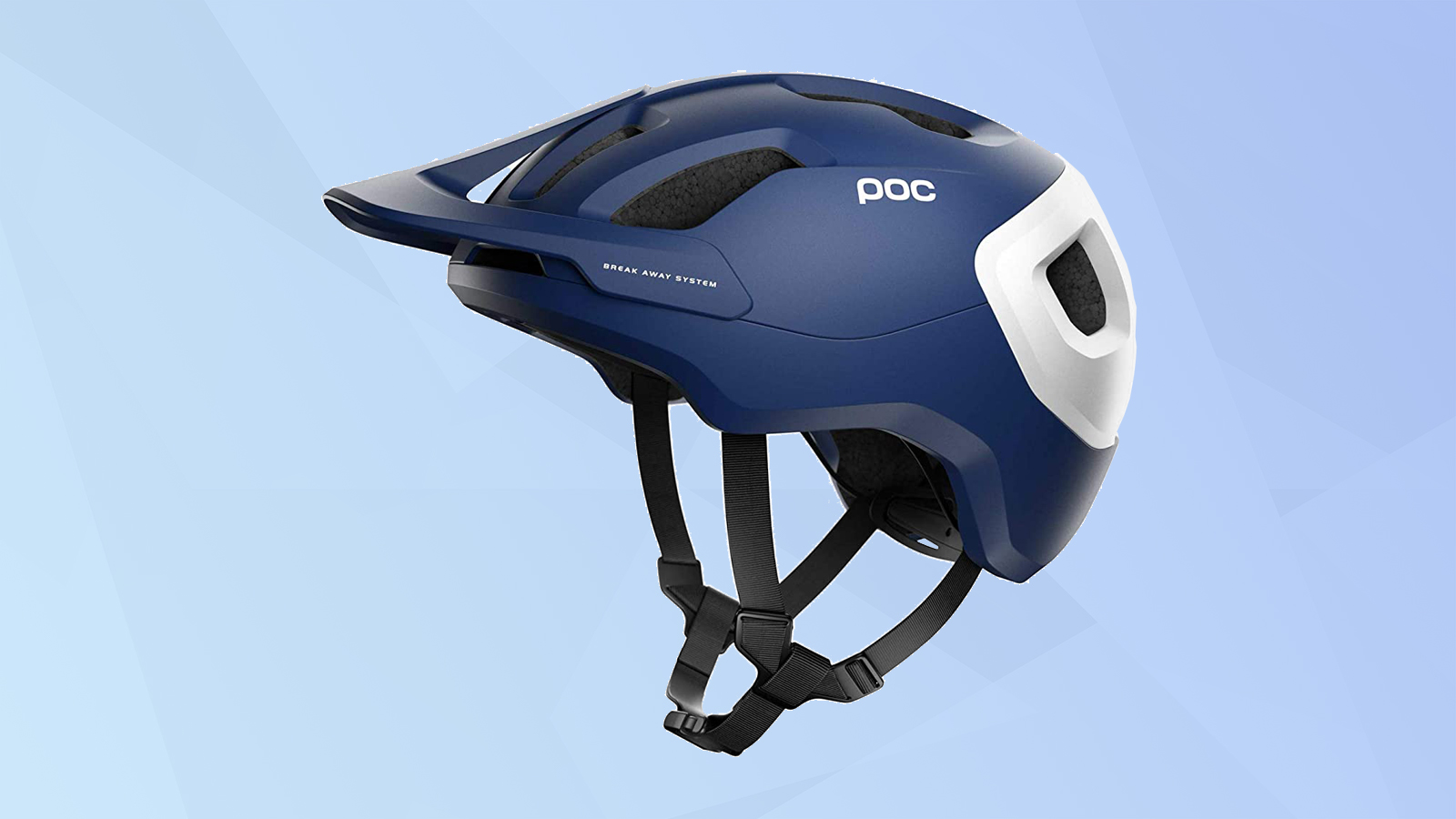
POC’s Axion SPIN is an example of an off-road or enduro helmet that’s equally at home on city streets commuting to work, which makes it one of the best bike helmets for those who want one model for a variety of conditions. Its design is not completely enclosed like urban models, but it does cover more of the back and sides of the head than typical lightweight road helmets designed for speed and hot weather. The Axion also eschews the MIPS impact system and instead uses POC’s own solution, SPIN for Shearing Pad INside.
The Axion SPIN deploys a system of silicone pads to deflect rotational forces and appears to do better than traditional foam-only designs in tests. We like the look of the Axion as well, although it also didn’t deliver as comfortable a fit as some others, and we wished it shipped with additional pads to reduce friction in the back.
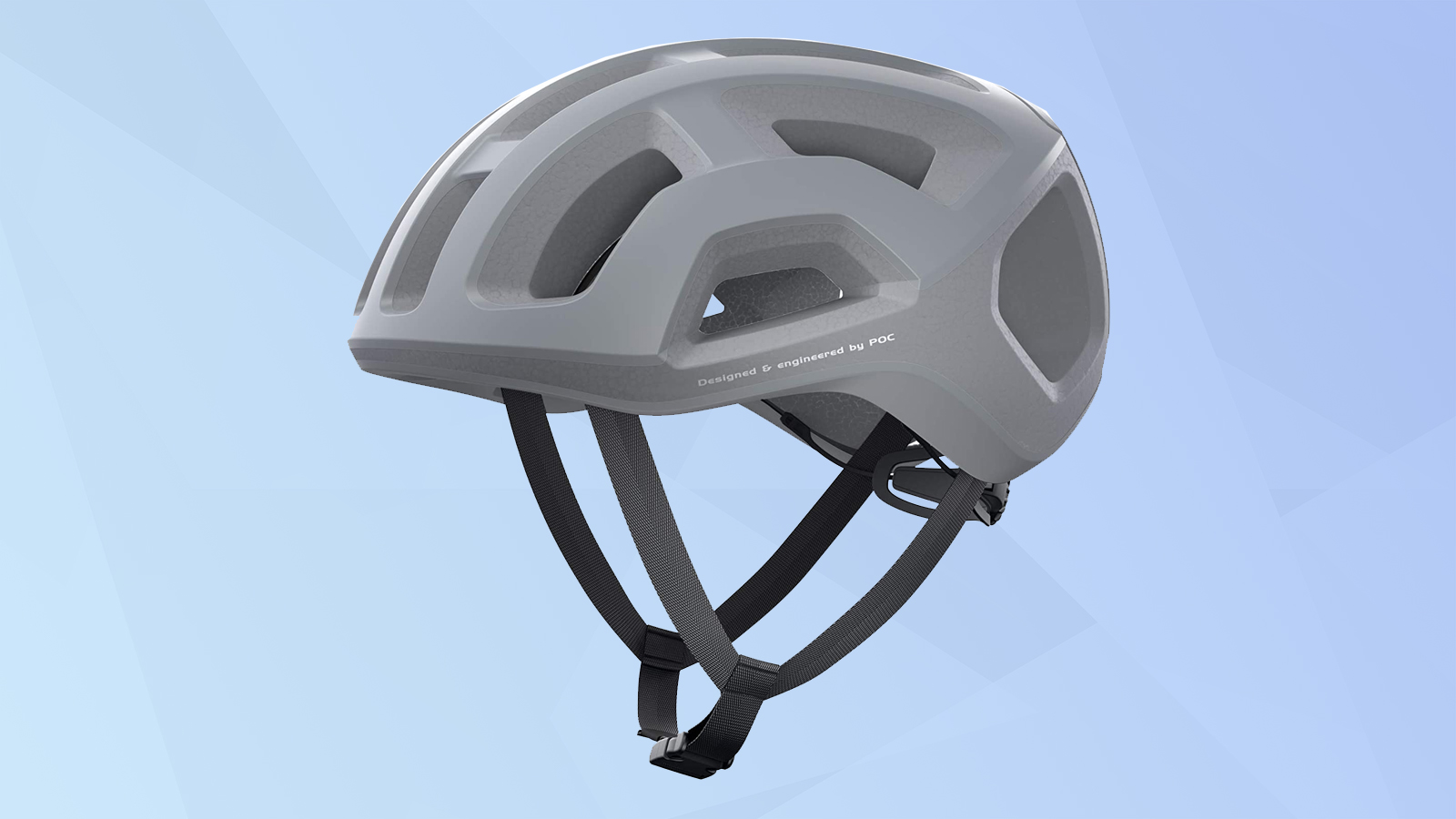
The POC Ventral Lite is literally the coolest bike helmet we tested. It is the most open and thereby the lightest, as well, so if you find yourself sweating under most helmets, this may be the solution for you. However, to achieve such featherweight status, the POC Ventral uses a traditional expanded polystyrene (EPS) foam liner rather than a MIPS design or POC’s own SPIN system. Consequently, you are giving up some more sophisticated crash protection in favor of weight.
We also found the Ventral wasn’t as comfortable as some other models; we snugged it up using POCs dial-to-tighten system but we could still feel the friction from the hard PC shell in places. A few extra pads (which POC often includes with its ski helmets) would go a long way to solving the issue here.The POC Ventral Lite is literally the coolest bike helmet we tested. It is the most open and thereby the lightest, as well, so if you find yourself sweating under most helmets, this may be the solution for you. However, to achieve such featherweight status, the POC Ventral uses a traditional expanded polystyrene (EPS) foam liner rather than a MIPS design or POC’s own SPIN system. Consequently, you are giving up some more sophisticated crash protection in favor of weight.
We also found the Ventral wasn’t as comfortable as some other models; we snugged it up using POCs dial-to-tighten system but we could still feel the friction from the hard PC shell in places. A few extra pads (which POC often includes with its ski helmets) would go a long way to solving the issue here.
How to choose the best bike helmet for you
Rotational Forces Hurt: There is still some debate about the most effective helmet technology for protecting your head. However, most researchers agree that it’s the rotational forces that tend to cause the most damage, including concussions. The most popular technology today to address these types of crashes is the multi-directional impact protection system or MIPS technology. It is designed to reduce the rotational force on one’s cranium in an accident by allowing the outer shell of the helmet to slide slightly on impact. Many helmet makers offer MIPS models, and there are a couple of competing designs including POC’s SPIN pads and Bontrager’s Wavecel liner that compresses to reduce rotational forces.
Fit Matters: Helmets need to fit snugly in order to protect your pate in an impact. Most models now feature a cage-like design that can loosen or tighten an interior set of straps to fit around your head. Over time, chin straps can stretch and loosen, so don’t forget to snug them up on occasion. Also make sure you don’t push the helmet back; they’re designed to sit slightly forward over your brow to protect your forehead.
When to replace a bike helmet
Any time you have an impact or even a tumble that doesn’t result in injury, your helmet should be replaced—even if there is no visible damage. Any impact can reduce its ability to protect your noggin. (The same goes for ski and motorcycle helmets.)
While there’s no hard and fast rule, the general consensus is that bike helmets should be replaced every five years or so, depending on use. If you rarely use your helmet, it could last longer, but with normal wear and tear, five years is a good benchmark.
How we tested the best bike helmets
One of the criteria in selecting the best bike helmets to test was if they had MIPS protection, or the equivalent. MIPS, which in this use stands for Multi-directional Impact Protection System, includes a layer that allows the helmet to slide relative to the head, thus reducing rotational forces which can cause concussions or other brain injuries.
Of course, we could not test the helmets under actual crash conditions, so we consulted several test reports that conducted extensive lab-based impact analysis. Those included Virginia Tech and the Insurance Institute for Highway Safety’s evaluation of 133 bike helmets and a 2021 study of 27 helmets tested in oblique impacts published in the Annals of Biomedical Engineering. We also considered the results of a 2020 study conducted by a Swedish insurance company as part of our evaluation.
Since fit and comfort are two of the most important features of bicycle helmets, we then head-tested every model, riding many miles in different circumstances (off road, dirt roads, highways and city streets) to see how they held up under real world use.
For all the latest Technology News Click Here
For the latest news and updates, follow us on Google News.
